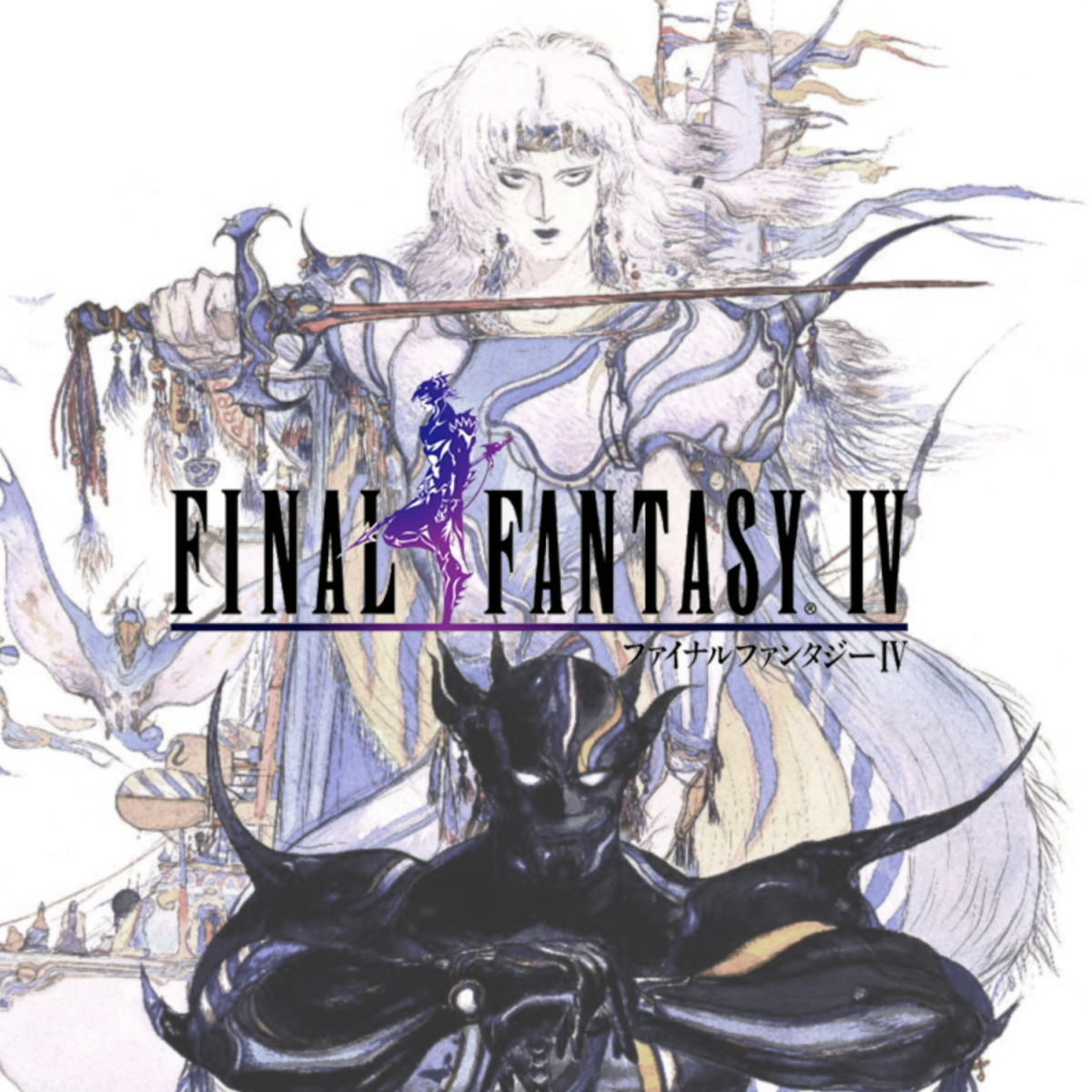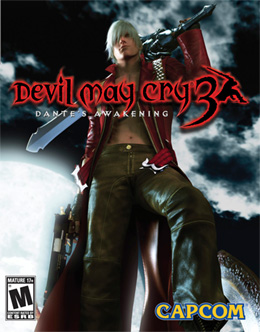Immediately after the development of Final Fantasy 3 and its success, Square would present two studios with their next project: one would be Final Fantasy 4 for the NES, and the other would be Final Fantasy 5 for the upcoming Super NES. Within the short time of its development, the two studios and their coinciding projects would be cancelled. According to lead designer Hironobu Sakaguchi, the game was about 80% done before its demise. Regardless, the game would resume development with a 14-person team, with one goal: to create an immersive world in both combat and story scenarios. A good majority of the team came from other studios and projects. For instance, Kazuhiko Aoki’s first outing was on the team of Chrono Trigger. There were some, like lead designer Takashi Tokita, who were newly employed. Players would think that the amount of setbacks and neophyte perspectives would blemish the game, but to understand this, first, we would need to survey the combat, story, and visuals.
The fourth entry to the series pretty much stays the same gameplay-wise. There are a couple of additions, like the ATB system. The Active Battle System allows for automatic attacks, disregarding certain turn patterns. This asserts the player for more futuristic thinking and speedier turns. There are a few improvements with the airship abilities, but the other small change is character-locked classes. This gives the characters more identity, but unfortunately limits player idiosyncrasy.
GameFAQs user known as Crzyninfan, believes it’s simple but effective. “I personally think it adds an extra level of depth by making more powerful attacks take longer.”
Final Fantasy 4 follows Cecil Harvey, a dark knight and captain of the airship fleet known as the Red Wings, who becomes skeptical of the tyrannical orders of his king. After he is demoted, Cecil embarks on a quest of redemption that leads him to renounce his dark past and become a noble paladin. Along his journey, Cecil gathers allies, including Rosa (a white mage), his rival and best friend Kain (a dragoon), the summoner Rydia, and the dwarven king Giott, as they travel across the planet and to its moon to stop the malevolent sorcerer Golbez from gathering the world’s powerful crystals. He ultimately learns the shocking truth that Golbez is his older brother, who has been manipulated by the evil alien Zemus, and must confront him to prevent the destruction of all life on Earth. The story is strong even in its limited visual display. The relationship and quadratic character arcs of Cecil and Kain are advanced and emotionally driven. Each character is unique and doesn’t overstay their welcome, with them swapping in and out of the player’s party. It also gives the player a challenge to be able to play with multiple characters and not rely on just one.
“FFIV’s story is simple, yet effective. It’s loaded with extremely broad character archetypes that shine…,” a recently deleted user on the FF subreddit said.
Visually, the series always finds a way to slowly step up its visual presentations, via more detailed sprites for characters or the world design. I do somewhat prefer the look of the bosses in this game, since it delves deeper into the dark fantasy aesthetic.
Overall, this game is a great follow-up to the third entry, and despite its age and the rocky development cycle, they pulled out all the stops to create an even more immersive experience and story that rivals most modern fantasy stories.





![[Review] Bloodywood - Nu Delhi](https://fohssignal.net/wp-content/uploads/2025/05/Nu_Delhi.jpg)
![[Review] A complete unknown](https://fohssignal.net/wp-content/uploads/2025/03/download-21.jpeg)
